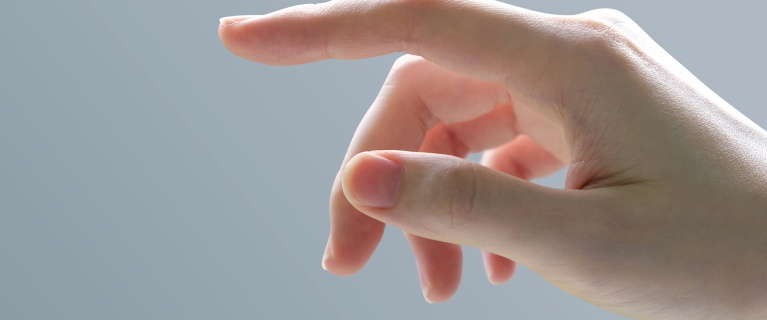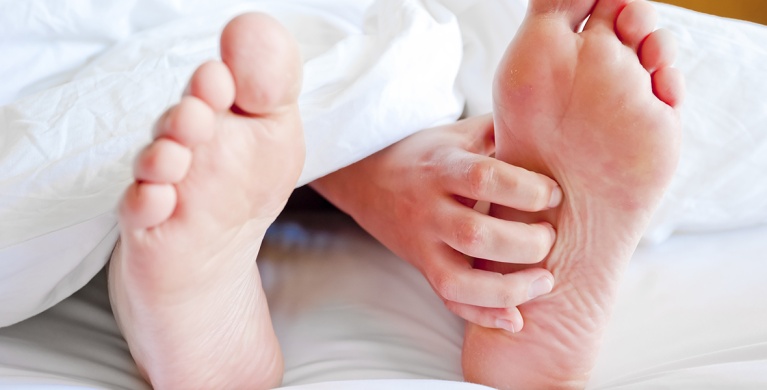

Everything you need to know about dyshidrosis

Small blisters called vesicles have appeared on your hands or feet, and you want to know what it is? Several causes can be responsible for this inflammation of the skin, one of them being dyshidrosis. What is dyshidrosis? What is the main cause of dyshidrosis? What are the observed symptoms? What is the treatment for dyshidrosis? We provide you with all the information you need to know about dyshidrosis, its causes, symptoms, and treatments.
What is dyshidrosis?
Dyshidrosis is a form of eczema that mainly affects the hands and feet. Scientists use several names to refer to this skin inflammation, such as dyshidrotic eczema or dyshidrotic dermatitis.
It is mainly characterized by the appearance of redness and small blisters that cause intense itching. These vesicles can enlarge and merge to form bubbles that eventually dry out and form a crust. These symptoms are accompanied by itching and pain.
On the hands, it usually affects the palm and between the fingers. On the feet, it is observed on the sole and between the toes.
What are the causes of dyshidrosis?
Dyshidrosis can be related to multiple factors. The main identified causes are:
- Heat: significant sweating, especially in summer.
- Contact allergy: for example, handling metal objects containing nickel.
- Atopic eczema.
- Fungal infection between the toes.
- Stress can be an aggravating factor.
Treatments and solutions for dyshidrosis
Several treatments can be implemented to relieve dyshidrosis.
Medical treatments
The proposed medical treatments only help relieve the symptoms of this chronic inflammation and limit its spread.
The local application of a corticosteroid cream is the best treatment to apply in case of dyshidrosis.
In severe cases, the application of wet dressings with corticosteroids (wet wrapping) is very beneficial.
In case of fungal infection, an appropriate treatment may be recommended by your doctor.
Prevention and daily management
On a daily basis, it is advisable to wash your hands with a mild soap-free cleansing solution, rinse them with warm water, and dry them thoroughly. For manual work, it is preferable to wear cotton gloves under work gloves (for example: dishwashing, vegetable peeling, etc.).
In case of significant sweating on the feet, it is recommended to wear cotton socks or sandals in the summer. It is also advisable to dry between each toe after a shower to prevent fungal infections.
Should the blisters be punctured? If the blisters are large, it is recommended to puncture them with a sterile needle as they can be painful. In other cases, it is not necessary to puncture them.
Excessive itching can be relieved by applying cold (cold water, ice cube, frozen gel pack).
True or false?
Is dyshidrosis contagious?
FALSE. Dyshidrosis is a non-contagious inflammatory disease contrary to popular belief. It is therefore impossible to transmit it.
Is dyshidrosis a form of bullous eczema?
TRUE. Dyshidrosis is a form of bullous eczema localized on the hands and feet. However, bullous eczema can also be observed elsewhere on the body.
Do you have small itchy blisters on your hands or feet? Do you think you have dyshidrosis? Before starting any treatment, it is recommended to consult a healthcare professional.

